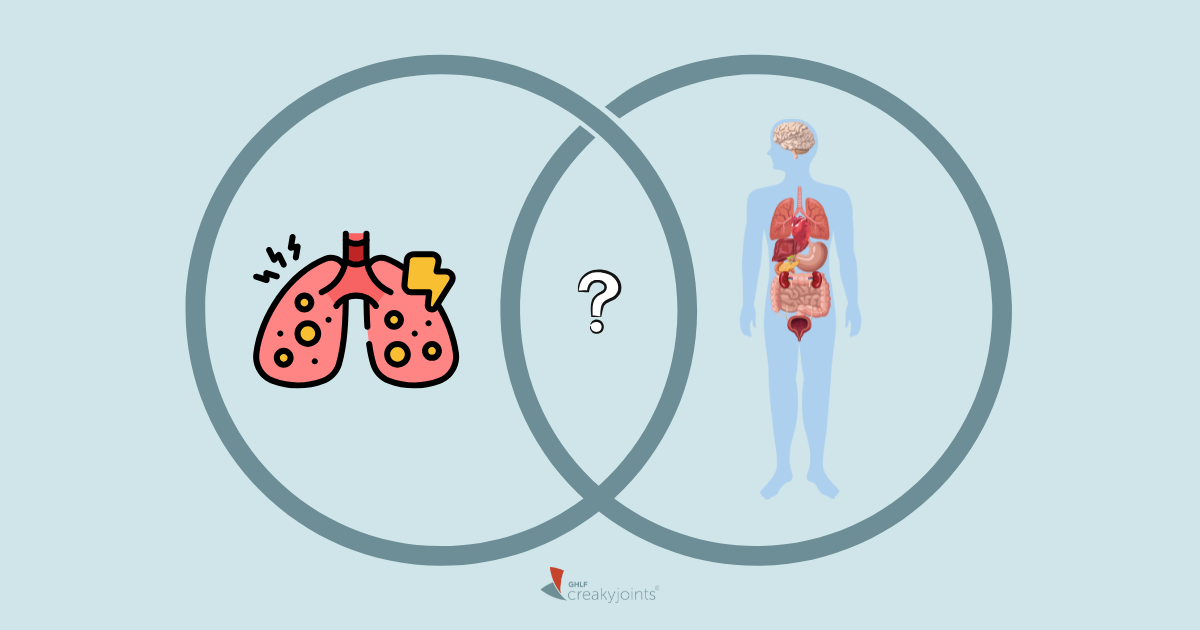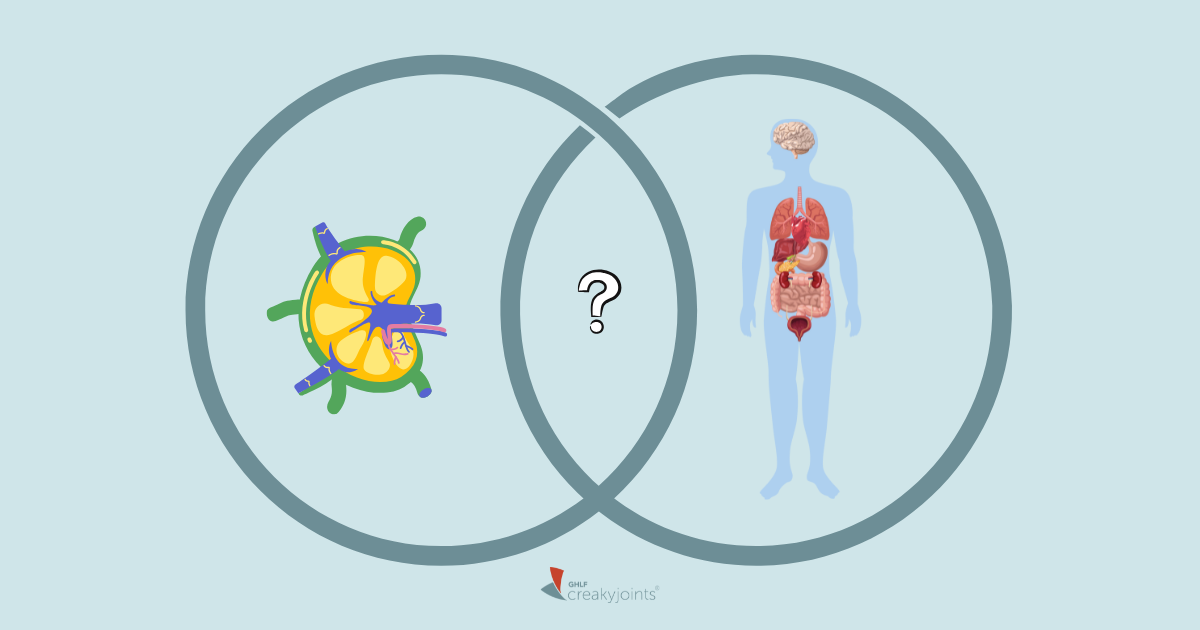If you live with arthritis that affects your neck — such as rheumatoid arthritis, ankylosing spondylitis, psoriatic arthritis, osteoarthritis, or other forms — then chances are you often wake up feeling stiff and sore.
An AM stretching routine is a key way to help soothe that morning stiffness. “It is so important to have a regular mobility and stretching routine,” says physical therapist Chad Woodard, PT, PhD, owner of Symbio Physiotherapy and Wellness in New York City. “Without a regular routine, your joints start to stiffen up. They don’t move as well. And that leads to a decreased function and inability to get through your activities of daily living.”
But when it comes to neck exercises in particular, it’s important to be gentle and proceed with caution. So we asked Dr. Woodard for a simple home exercise routine of neck stretches you can do every day to fight stiffness and stress in your neck.
He models them in the above video.
“These neck exercises are specifically meant to help those with rheumatoid arthritis and other kinds of inflammatory arthritis,” says Dr. Woodard, who prescribes these moves to all his arthritis patients. “They involve gentle, progressive mobility and stretching. You can do these first thing in the morning and they really get everything moving.”
Before you get started, a word about modifications. You should modify these moves to your own abilities and avoid any moves that hurt. “If I’m asking you to do something that’s causing a severe pain, a pinching feeling, a sharpness, or a stabbing, just back off,” says Dr. Woodard. “Modify as you need or just skip the exercise altogether until your body is ready.”
Neck Stretch: Neck Retraction
This exercise helps relieve the pain that comes from that “stuck-forward” head position that happens when your head juts too far forward — say, from texting or reading on your smartphone.
To do this move, gently open your chest and pull your shoulders back.
Then, think of your head sliding backward toward your neck. “Think about doing whatever you need to do to give yourself a really good double chin,” says Dr. Woodard.
You might feel a stretch in the back of your head at the base of your skull. You might feel a sensation in your lower neck and you might feel an activation in the front of your neck.
Don’t tilt your head back or forward. Don’t look up at the ceiling look or down at the floor. Just look straight ahead while pulling your chin backward.
Take a deep breath and hold for up to 20 seconds.
Neck Stretch: Neck Retraction with Rotation
To do this move, you’ll take the same movement that you did in the retraction and add an extra step.
Get into a comfortable position with your shoulders pushed slightly back. Make a double chin to do the head retraction. Then gently rotate your head to the right, then back toward the left. Do about this about 20 times (10 rotations to each side).
You should feel a good strong stretch, but not any sharp pains.
“This move helps you access new ranges of motion for those joints,” says Dr. Woodard. “One thing joints love and need is movement. That’s how they get nutrition and stay as healthy as they can.”
Neck Stretch: Side Bend Rotations
To do this move, tilt your head to one side, bringing your left ear down toward your left shoulder. There should not be any pinching or stabbing feeling. Once you’ve reached as far as you can go, then rotate your head to look up at the ceiling. (If you’re doing this correctly, it should be hard to see the computer screen.)
Once you’re in this position, check in with your shoulders — can you drop them down and relax them? Take a deep breath and try to deepen the stretch if you can. Hold this position for about 25 to 30 seconds. Exhale and slowly come out of the position, then do the other side.
“When doing this move correctly, you will feel a really nice stretch in the front of your neck, in the scalene muscles, or along the side of your neck,” says Dr. Woodard. “They can get really tight in people with arthritis.”
Not Sure What’s Causing Your Pain?
Check out PainSpot, our pain locator tool. Answer a few simple questions about what hurts and discover possible conditions that could be causing it. Start your PainSpot quiz.





